Thanks to the One Big Beautiful Bill Act (H.R. 1), signed into law on July 4, 2025, opportunity zones (OZs) are entering a new era. This reboot expands benefits (especially for rural communities) and introduces new rules that tax professionals need to understand. Do you have clients sitting on capital gains from recent stock sales, real estate deals or business exits? They may be able to defer tax and eliminate future gains by reinvesting in a qualified opportunity fund (QOF), an investment vehicle that channels capital into designated opportunity zones. Note that only capital gains from selling appreciated assets are eligible for this tax treatment, and timing is key to unlocking the full deferral, basis increase and long-term exclusion benefits.
What are opportunity zones?
Qualified opportunity zones were introduced in 2017 under the Tax Cuts and Jobs Act. The program encourages investment in underserved areas (typically low-income or economically distressed census tracts) by offering tax incentives through qualified opportunity funds (QOFs).
Key tax benefits include:
- Capital gain deferral – Gains reinvested in a QOF are deferred until the earlier of:
- (1) the sale or exchange of the QOF investment, or
- (2) five years after the investment date.
- 10% basis step-up – For QOF investments held at least five years, a 10% basis increase applies (30% for qualified rural opportunity funds). The prior 15% step-up for seven-year holdings no longer applies to investments made after 2026.
- Tax-free growth – If held for at least 10 years, gains on QOF investments are excluded from income when sold.
Key changes under the 2025 reboot
Here’s what tax pros should know about the opportunity zone updates:
- OZs are now subject to a 10-year re-certification cycle to ensure zones stay current.
- Qualified Rural Opportunity Funds (QROFs) offer a 30% basis increase on deferred gains after five years. QROFs must invest at least 90% of their assets in OZs located entirely within rural areas (not in or adjacent to towns with populations of 50,000 or more).
- Governors must now follow stricter criteria to designate zones.
- The IRS must collect and report data on jobs, property values, and economic impact.
What stays the same
Familiar provisions continue to apply:
- 180-day investment window for eligible gains
- 10-year tax-free growth rule for QOF investments
- Five- and seven-year basis step-ups still apply for pre-2026 investments
Planning tips for maximizing OZ benefits
Here are ways to help your clients make the most of the program:
- Explore rural zones using updated maps (expected in 2026)
- Consider investments in agriculture, healthcare, logistics and clean energy
- Time investments to align with either basis step-ups (pre-2026) or rural zone entry (post-July 2026)
- Choose a QOF structure that suits the client’s goals – either active management or passive investment with a rural fund manager
NOTE: The Treasury Secretary must now publish annual reports on OZ and QROF economic impact, including job creation, property values, income, and housing data.
What to watch for
Ensure your clients stay compliant and protected by monitoring the following:
- Verify zone eligibility under the updated 10-year map rules before recommending an investment
- Review fund status and disclosures to confirm the QOF is appropriately certified and meeting IRS compliance
- Maintain documentation to support deferral, basis step-ups and eventual exclusion of gains
- Plan for inclusion events and exit timing, especially for clients nearing a 10-year holding milestone
- Evaluate fund alignment with the client’s liquidity needs, risk tolerance and investment goals
How to identify strong OZ candidates
Not every client is suitable for an opportunity zone investment. Start by identifying clients with recent or upcoming capital gains, especially those from appreciated stock sales, real estate transactions or business exits. If they’re seeking long-term reinvestment opportunities and are open to holding an asset for at least five to 10 years, a QOF could be a strong fit.
Clients with philanthropic or community-driven goals may also find OZ investing appealing, particularly in rural areas where their capital can drive real local impact. Discuss liquidity, exit timing and inclusion events with clients before committing.
What’s new for compliance and reporting
H.R. 1 significantly expanded reporting requirements for both funds and investors. Funds must now submit annual filings with the IRS that detail census tract-level investments, employee headcounts, residential unit development and NAICS code classifications.
Investors who exit a QOF must receive personalized statements and may face penalties if required disclosures aren’t timely or complete. Penalties for noncompliance include:
- $500/day for incomplete filings (max $10,000)
- $50,000 max for large funds (assets over $10 million)
- $2,500/day for intentional disregard (max $250,000)
It’s critical to partner with a fund that understands these obligations and can demonstrate strong compliance through timely reporting and investor transparency.
The updated opportunity zone program opens new doors for rural investment and long-term tax planning. Tax professionals are key in guiding clients toward strategic, compliant OZ participation.
Information included in this article is accurate as of the publish date. This post is not reflective of tax law changes or IRS guidance that may have occurred after the date of publishing.
